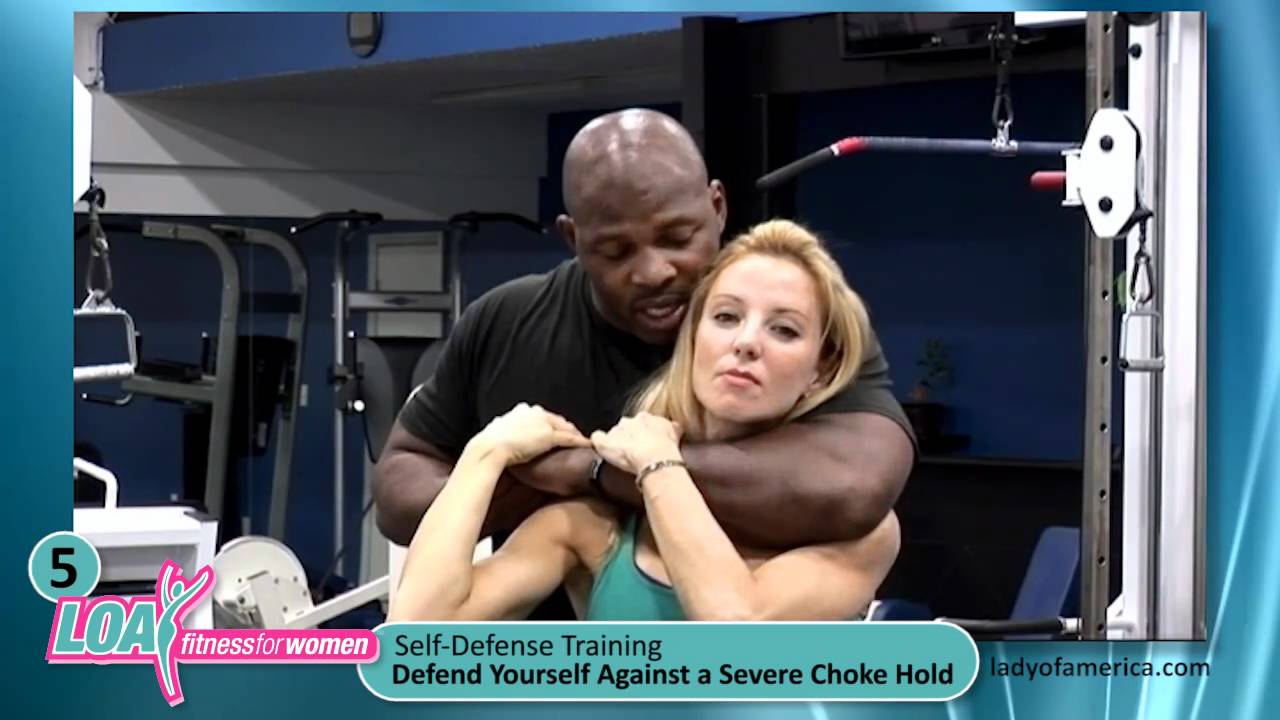Womens Self Defense
Debunking Myths and Misconceptions about Judicial Self-Defense

Judicial self-defense is a concept that has been surrounded by myths and misconceptions for years. Many people believe that judges should not defend themselves, as it goes against their role as impartial arbiters of the law. However, this belief is not only incorrect but can also be dangerous. In this article, we will debunk some of the common myths and misconceptions about judicial self-defense.
Myth #1: Judges cannot defend themselves
One of the most common myths about judicial self-defense is that judges are not allowed to defend themselves physically or verbally. This myth is based on the belief that judges should remain impartial and detached from the cases they preside over. However, judges are human beings first and foremost, and they have the same right to self-defense as anyone else.
In fact, judges have the legal right to defend themselves in the face of threats or violence. The Code of Judicial Conduct allows judges to take appropriate steps to protect themselves, their staff, and courtroom participants. This can include calling security or law enforcement, using physical force to defend themselves, or even carrying a weapon for self-defense.
Myth #2: Judicial self-defense is unethical
Some people believe that judges should not defend themselves because it compromises their impartiality and undermines the integrity of the judiciary. This myth is based on the mistaken belief that judges must always remain passive and neutral, even in the face of physical harm. However, this belief is not only unrealistic but also dangerous.
Judges have a duty to protect themselves and the people in their courtroom. If a judge is threatened or attacked, they have a legal and ethical obligation to defend themselves and others. Failing to do so could result in serious harm or even death. By protecting themselves, judges are not only safeguarding their own lives but also upholding the rule of law and ensuring the safety and security of everyone in the courtroom.
Myth #3: Judicial self-defense is a sign of weakness
Another common misconception about judicial self-defense is that it is a sign of weakness or incompetence. Some people believe that judges who defend themselves are unable to control their emotions or handle difficult situations. However, this belief is not only unfair but also inaccurate.
Judges are trained professionals who are responsible for maintaining order and decorum in the courtroom. If a judge is threatened or attacked, it is not a sign of weakness to defend themselves. On the contrary, it demonstrates strength, courage, and a commitment to upholding the law and protecting the people in their courtroom.
In conclusion, judicial self-defense is a legal and ethical right that judges have when faced with threats or violence. Debunking the myths and misconceptions surrounding this issue is crucial to ensuring the safety and security of judges, court staff, and courtroom participants. By understanding the truth about judicial self-defense, we can support judges in fulfilling their duty to administer justice and maintain the rule of law.
Womens Self Defense
Uniting for Justice: Community Organizations Push for Stronger Self-Defense Legislation

Uniting for Justice: Community Organizations Push for Stronger Self-Defense Legislation
In recent years, the dialogue surrounding self-defense laws has grown more complex and critical, highlighting the need for a re-examination of legal frameworks that govern individual conduct during life-threatening encounters. As issues of personal safety, inequality, and the right to self-defense collide, community organizations across the nation are uniting to advocate for stronger self-defense legislation that not only protects individuals but also addresses systemic injustices.
The Current Landscape
Self-defense laws vary widely from state to state, resulting in a patchwork of regulations that can often leave marginalized communities under-protected. Some states have “Stand Your Ground” laws which give individuals the right to use force without the duty to retreat when threatened. Meanwhile, others adhere to more traditional “Duty to Retreat” principles, requiring individuals to avoid confrontation when possible. This inconsistency can lead to unintended consequences, particularly for people of color and those from lower socioeconomic backgrounds, who might be disproportionately criminalized in self-defense situations.
The Call for Reform
In response to these disparities, community organizations are rallying for legislative change. Groups focused on social justice, civil rights, and public safety are coming together to craft proposals aimed at reforming self-defense laws. These advocates argue that it is essential not only to ensure the right to defend oneself but also to create an equitable legal framework that reduces bias in how self-defense cases are prosecuted and adjudicated.
Key Proposals
-
Enhanced Training and Awareness: One significant proposal advocates for mandatory training in self-defense laws for both civilians and law enforcement. Understanding the legal implications of self-defense can empower individuals to make informed decisions during high-pressure situations.
-
Bias Review Measures: Community organizations are pushing for legislative measures that require law enforcement to undergo training on implicit bias and the historical context of self-defense laws. This could mitigate the risk of racial profiling and ensure that self-defense claims are evaluated fairly.
-
Legal Support and Resources: Providing legal resources and support for individuals who defend themselves can help level the playing field. Advocates suggest establishing funds or programs that can assist with legal fees for those who may not otherwise afford representation in self-defense cases.
- Community Dialogues: Engaging community members in discussions about self-defense can foster better understanding and cooperation. Organizing community forums to discuss individual rights, responsibilities, and personal safety can build trust and provide critical information.
Building Coalitions
Collaboration is at the heart of this movement. Organizations with differing focuses—such as gun rights advocates, domestic violence shelters, youth mentorship groups, and racial justice organizations—are finding common ground in the belief that self-defense is a fundamental right that must be accessible to everyone.
These coalitions are also crucial in countering misinformation about self-defense laws and their implications. By working together, they can foster a more informed public debate and promote legislation that is both just and effective.
The Path Forward
As these community organizations continue to push for stronger self-defense legislation, the conversation around justice, equity, and individual safety remains crucial. Advocates emphasize that any reform must be carefully crafted to protect the rights of all individuals while also addressing the underlying societal issues related to violence and safety.
In conclusion, the united effort of community organizations in advocating for stronger self-defense legislation reflects a growing commitment to justice that transcends traditional divides. By prioritizing equity and informed discourse, these groups are not only advocating for change in the law but are also championing the dignity and safety of every individual in society. The path to reform may be arduous, but the collective action of committed organizations can drive meaningful change in ensuring that self-defense rights are upheld for all.
Womens Self Defense
Self Defense Training For Women In A Bar Scene Or Walking The Mall — Lady Of America

http://www.ladyofamerica.com This is the last of the Lady of America Fitness for Women self defense training videos. This video is …
source
Womens Self Defense
One Punch Man #Selfdefense #Womens selfdefense #Defeat the enemy with one move #Selfdefens
-

 Womens Self Defense11 months ago
Womens Self Defense11 months agoNew Legislation Empowers Women to Defend Themselves
-

 Self Defense News1 year ago
Self Defense News1 year agoShe was convicted of killing her abusive boyfriend. Now a Maple Grove woman is home awaiting a new trial.
-

 Self Defense News1 year ago
Self Defense News1 year agoSelf-Defense for All: The new Gracie Jiu-Jitsu Pasadena is for everyone | Online Features
-

 Womens Self Defense1 year ago
Womens Self Defense1 year agoTop 5 Self-Defense Techniques Every Woman Should Know
-

 Womens Self Defense7 months ago
Womens Self Defense7 months agoUnderstanding State-by-State Variation in Self Defense Laws
-

 Womens Fitness1 year ago
Womens Fitness1 year agoXtreme Bodyweight HIIT (Lots of Jumping!) | Joanna Soh (Fio Series)
-

 Womens Preparedness1 year ago
Womens Preparedness1 year ago10 essential skills for surviving in the great outdoors
-

 Womens Preparedness1 year ago
Womens Preparedness1 year agoEmpower Yourself: A Guide to Female Survival Planning






